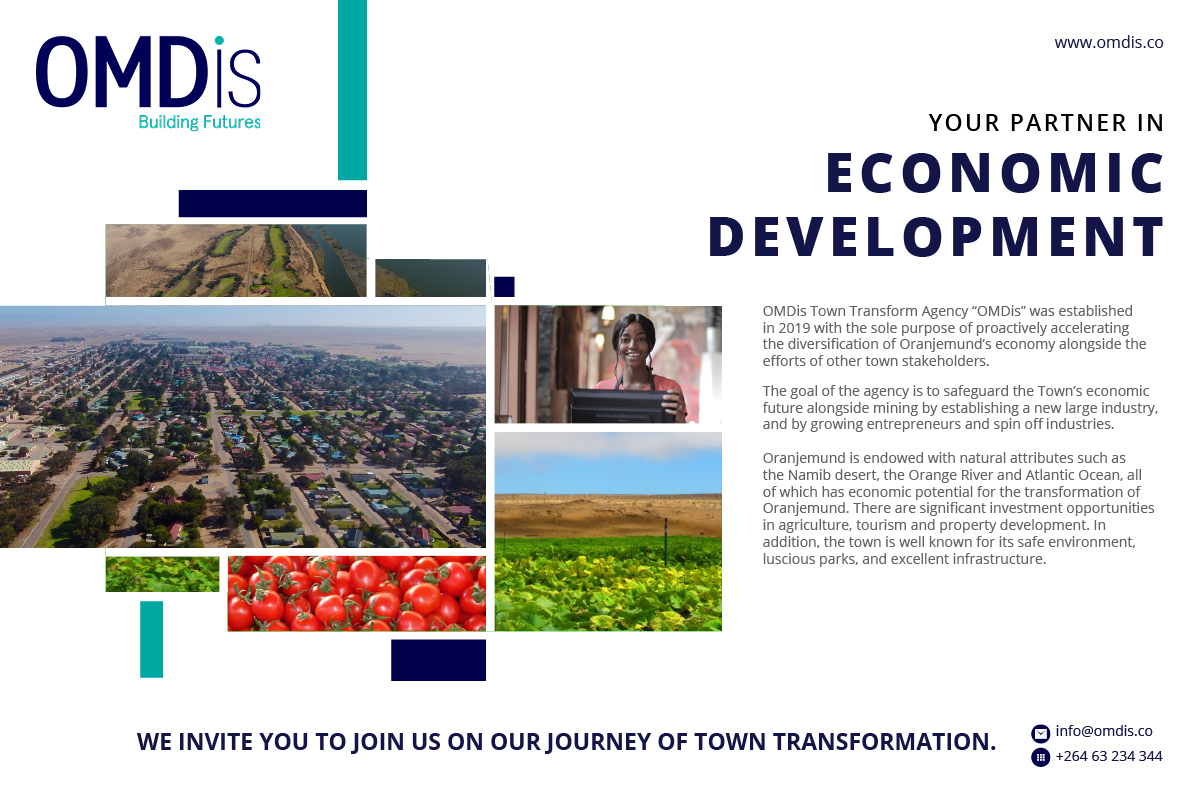The COVID-19 pandemic will remain a sad memory in human history, but will also be remembered as a turning point in time, invoking notable changes in the workplace environment and kick-starting innovations. Before the outbreak of COVID-19, working from home was thought of as a distant dream for the employed individual, a futuristic concept and an emerging trend, often touted by HR practitioners as having an important role in future working environments.
With the imposition of lockdowns across the world, working from home became inevitable, and organisations were forced to put new measures in place to accommodate the new world order. This at least did not break the bank for many progressive organisations who were already a step ahead, thanks to early investments in IT infrastructure in recent years. However, some companies needed to make investments abruptly to cater for flexible and safer working environments.
Namdeb is one such company that has been proactive in the IT space, and adapting to this new reality was a smooth transition for those employees who are able to work remotely. Unfortunately, as with all mining sites, there are key personnel required on-site to ensure continuous operations for whom working from home is not possible. This is largely due to the inherent requirements of some job descriptions in which physical presence is indispensable.
Although working from home is one of the progressive ways in which businesses have evolved to accommodate the needs of the future workplace, it definitely has its pros and cons. There is consensus among employees that working from home allows for stronger family relationships and bonding in which parents can play a more active role in their children’s upbringing. For younger employees without children or families, it allows them more flexibility to engage in tasks and activities they would ordinarily fail to do, such as personal admin and exercise.
On the other hand, there is a feeling that physical presence at home is meaningless, especially for employees whose work is more demanding, as they struggle to keep up with the parental responsibilities whilst working from home. The biggest challenge facing employees working from home is maintaining a work-life balance. Since virtual meetings have become so ingrained in their daily routines, employees carry their devices (laptops or cellular phones) everywhere. For some, this really creates imbalances as they juggle the balls of home-schooling and tight work deadlines.
With the emergence of new IT solutions such as virtual meetings, employees are now able to livestream from any corner of the country or even the globe. This new normal will arguably have lasting implications for the workplace environment beyond COVID-19. Millennials and generation Z’s who characteristically prefer more flexibility in a structured world, are becoming a large part of the workforce profile. Flexible working arrangements thus have the potential to revolutionize the workplace and will invariably become part of the employee value proposition going forward.
While the transition from work office to home office for those with computer-based jobs was smooth, it has been more challenging for Namdeb to create an inclusive workplace for all employees with regard to flexible working arrangements. To ensure the utmost safety of on-site personnel, Namdeb has put stringent measures in place across all business units, at mine entrances, employee transport and other communal areas.
This disruption is certainly a sobering reminder that the work environment is changing at a fast pace and businesses have to do all it takes to respond to any situation when it presents itself.
Contributed by Moses Shitaleni Iinane, Senior HR Manager at Namdeb.


